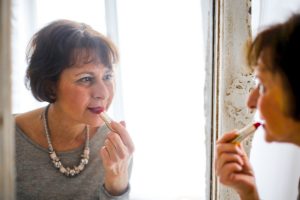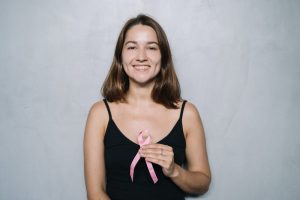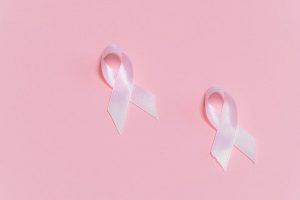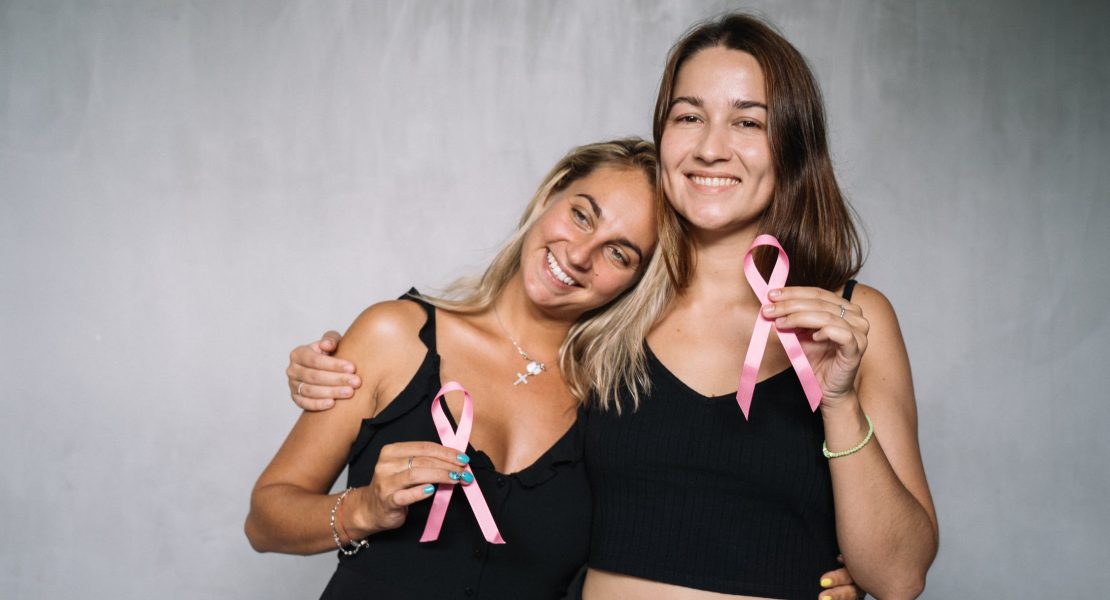
October is Breast Cancer Awareness month in Australia.
In 2020, it is estimated that 19,974 people will be diagnosed with breast cancer, and it is projected to be the most commonly diagnosed cancer for the year.
We likely all know someone who has or had breast cancer in our lives, and we are impacted by it in some way.
Whilst there has been increased awareness in the last decade, there are still a lot of misunderstandings around who can get it and the main warning signs.
Early detection for breast cancer is imperative for anyone who is concerned they could have it and knowing the facts can be potentially life saving.
Here is a list of things you need to know this Breast Cancer Awareness month.
Do only women get breast cancer?

Despite popular belief, anyone can develop it. Breast cancer is caused by abnormal cells lining the lobules or ducts of the breast, which can happen no matter your gender identity. Trans and non-binary people are also at risk of breastcancer. However, the rate of men developing breast cancer is significantly lower than women, with 167 men being diagnosed in 2020.
What age does my risk increase?

Risk of developing breast cancer increases once you have reached over the age of 40. However, the average age of diagnosis for women is 62 years. This doesn’t mean that younger people are immune from it. According to the Australian Institute of Health and Welfare, 914 women under the age of 40 were diagnosed in 2019.
What other risk factors increase development of breast cancer?

There are many risk factors that could contribute to a greater chance of developing breast cancer. These include the following:
- Higher than average breast density
- Family history: meaning one or more blood relatives have had it. There are also a few genes that can be passed down that increase the chance of development which you can check out here.
- Lifestyle factors in postmenopausal women such as high alcohol consumption, gaining weight, smoking and eating lots of processed foods and meats.
What are the warning signs?

Changes to your breasts is a major warning sign. If you have noticed any of the following changes to your breast, it’s best to go visit your GP:
- A new lump or lumpiness to either one or both boobs
- Change in size, or shape
- Nipple changes such as crustiness, redness, ulcers, or inversions
- Nipple discharge that occurs without any squeezing
- Change in the skin of breast like dimpling or redness
- Unusual, unending pain in the area
What is a mammogram and where can I go to get one?

Mammograms are the main way of detecting cancerous cells. They are an x-ray of the breast, and there are two types: a screening or diagnostic mammogram.
They are recommended for any woman over the age of 50, but are free of cost for all women aged over 40 once every two years. However, if a doctor refers you or you are under the age of 40 there may be a small fee which can be Medicare subsidised.
To find out where your closest mammogram BreastScreen Australia clinic is, visit here.
The main takeaways

Breast cancer has, overtime, become much more recognised in Australia and there has been many developments in treatment. It is no longer a death sentence for thousands of women, however, early detection is critical. If you notice any of the warning signs, or have an increased risk, it is best to speak to your GP about your concerns.






















